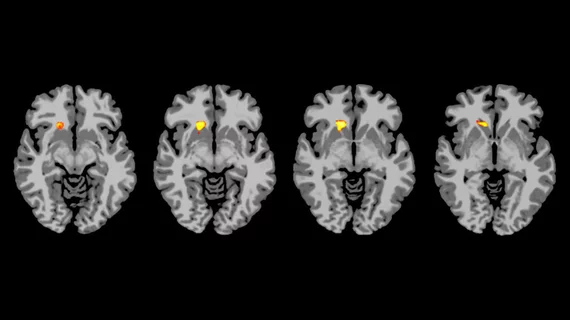Young football players at risk of brain nerve fiber damage
Football has been in the spotlight in recent years due to numerous studies revealing the toll repeated hits to the head take on the brain. New research presented Thursday, Nov. 29, at RSNA’s 2018 Annual Meeting added to that focus, finding the sport may damage brain fibers in young football players.
The study included 26 male football players with an average age of 12 who underwent MRI before their football season and nearly three months after that season. Lead author Jeongchul Kim, PhD, of Wake Forest Medicine in Winston-Salem, North Carolina, and colleagues utilized MR imaging that measured the strain on white matter tracts—which carry information between brain regions. They compared their findings to 22 boys of similar age who did not play contact sports, but followed the same MRI schedule.
"The focus here was on deformations of these fiber bundles," Kim said in an RSNA press release. "Changes from collisions might cause elongation or contraction of these bundles."
Results confirmed their suspicions, revealing football players developed changes in the corpus callosum—central nerve fibers that connect the two halves of the brain. Kim et al. noted some areas of the corpus callosum demonstrated greater contractions, while others indicated damage caused by expansion.
The year’s nine to 12 years old are central to brain development, and “players exposed to repetitive brain injuries, even if the amount of impact is small, could be at risk," Kim and colleagues said.
More evidence is needed to confirm their findings, Kim and colleagues noted, but Kim believes MRI can serve a crucial role in determining if a player is ready to return to the field following a head injury, and make the sport safer for players.

